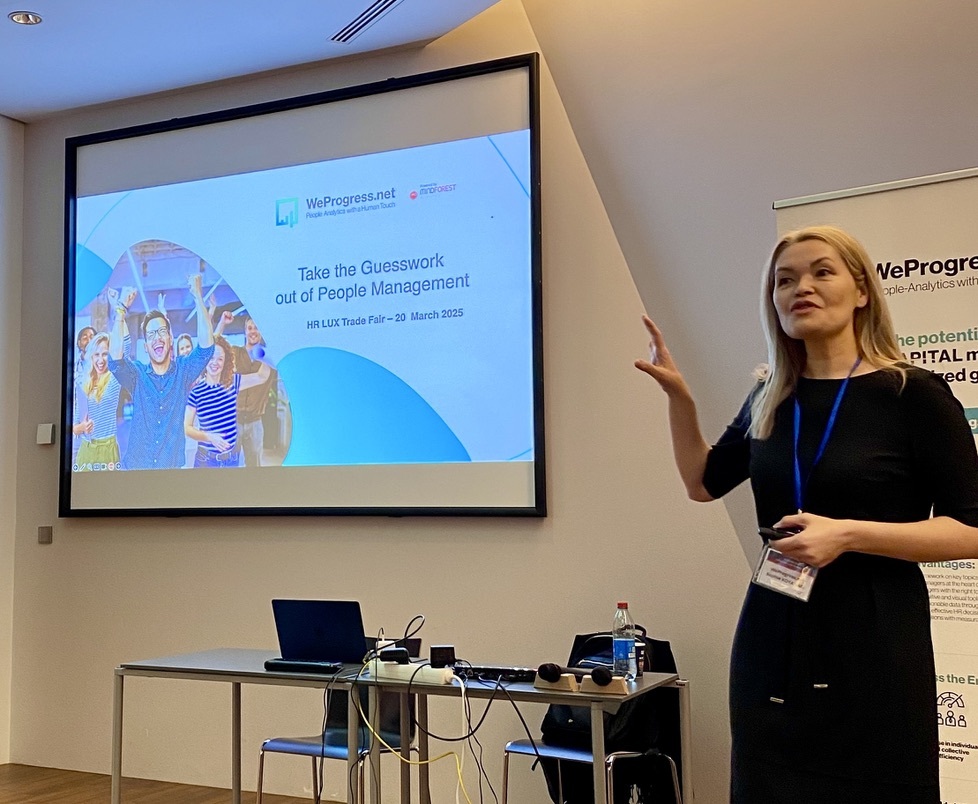A key partner: a change ambassadors’ network
Why is it important to consider the human factor and its potential in a change project?
A network of ambassadors can constitute the key structure for creating this bridge between the operational level and the steering entities.
What are the potential consequences if the human factor is not taken into consideration?
- Loss of trust
- Fall in job satisfaction
- Lack of involvement
- Increased sense of injustice
- Loss of loyalty to the employer
- Increased absenteeism and presenteeism
- Loss of productivity
What are their tasks exactly?
First of all, it is important to clarify more precisely what the change ambassadors do, in order to avoid misuse of this structure. Indeed, the ambassadors intervene within a well-defined framework which should also be communicated internally.
The network is generally made up of voluntary and motivated employees, whose primary missions will be to promote the change project and to relay information between management and all employees. They are the local contacts to whom employees can send their questions about the change project.
Who are the key contacts?
Ambassadors are part of an ecosystem in which other stakeholders with specific missions are involved. It will be crucial to ensure that all these bodies have a clear understanding of the framework of their mission and the role they play within the change project. This will facilitate the creation of synergies between them.
The following pyramid summarizes the different missions of these people:
But what is the best way to set up an ambassador’s network?
Setting up an ambassador network cannot be improvised and requires a structured approach. Planning is key. At MindForest, we regularly integrate ambassador networks into our change management projects to ensure that we understand and take into account the needs of the field and can therefore adapt our approach and communication. When we set up this type of structure we do so in four main stages, each of which fulfils a specific objective. It will be important to ensure that the sequence is respected and that we do not miss any of the steps.
Within the steps listed, some activities will be particularly important to implement, including the following:
- Identify a sponsor and a facilitator. These two stakeholders play a key role in the functioning of an ambassadors’ The sponsor, who will ideally be part of the management and steering bodies, will attribute legitimacy to the network and provide support when needed. The facilitator will be responsible for creating and maintaining momentum within the network. (S)He will be responsible for keeping the ambassadors motivated. It will be essential to make these two actors aware of the importance of their role.
- Train the facilitator. The person who is selected for this role may not necessarily have experience of running a network. In this case, it will be necessary to provide specific training to the facilitator so that s/he feels sufficiently equipped and prepared to take on the new role.
- Choose your ambassadors. The choice of ambassadors should take into account the “ideal profile” (see above) but also ensure that the different departments or teams of the organisation are well represented.
- Raise awareness of change management among ambassadors so that they can see the big picture and understand the issues. The training will make them aware of the key elements of a change project and what it means for the organisation and its employees.
- Ensure that the link between ambassadors and steering bodies is maintained throughout the project. The ambassadors are an important communication channel that must not be neglected and must be solicited. An unsolicited network will lead to demotivation and may harm the project.
- Make the network visible in the organisation so that employees can refer to it if necessary. This should be carried out after the network has been set up, either through an email, a newsletter, a poster or the intranet if the organisation has one. It will be important not only to introduce the ambassadors but also to remind them of the framework of their mission.
- Create a rhythm of meetings. The network facilitator should ensure that a rhythm of meetings is created to prevent the network from losing its dynamic and running out of steam. Ideally, meetings should be organised at least once a month. In consultation with the steering committee, specific themes can be discussed, involving the ambassadors in the co-construction of solutions if possible.
A well-constructed and integrated network of ambassadors is a real asset for any organisation which has decided to embark on a change project. It will be an unbeatable communication and knowledge support that will contribute to the orientation and definition of all the actions to be implemented.
Do it your self or get support!
WANT TO RECEIVE OUR LATEST THOUGHT LEADERSHIP CONTENT?
Related posts
 Take the Guesswork out of People Management
Take the Guesswork out of People Management
 From processes to people: achieving quality
From processes to people: achieving quality
 Daring to lead Positive Transformation: What if Positive Emotional Capital was your key to sustainable change?
Daring to lead Positive Transformation: What if Positive Emotional Capital was your key to sustainable change?
 Why hire Change management professionals? We can do it alone!
Why hire Change management professionals? We can do it alone!
 Digital Transformation and Change Management: Lessons shared in an event hosted by Cebi and MindForest
Digital Transformation and Change Management: Lessons shared in an event hosted by Cebi and MindForest




